The labyrinthine world of the Minotaur has captivated human imagination for millennia. From ancient Greek mythology to modern reinterpretations in literature and film, the half-man, half-bull creature trapped in a twisting maze continues to symbolize humanity's deepest fears and most primal struggles. Unlike straightforward monsters of legend, the Minotaur represents something far more psychologically complex - a manifestation of our own inner demons confined within the convoluted pathways of the human mind.
The origins of the Minotaur myth trace back to Bronze Age Crete, where archaeological evidence suggests bull worship formed an important part of Minoan religious practices. The famous Palace of Knossos, with its approximately 1,300 interconnected rooms, may have inspired the concept of the inescapable labyrinth. Historians speculate that the myth could represent cultural memory of actual bull-leaping rituals or perhaps even a metaphorical warning about the dangers of unchecked power, with King Minos as the architect of his own downfall.
What makes the Minotaur narrative particularly compelling is its dual nature as both prison and prisoner. The creature wasn't born a monster - it became one through circumstance and isolation. This tragic dimension adds layers to what might otherwise be a simple horror story. The labyrinth serves not just as physical confinement but as psychological landscape, where every twisting corridor mirrors the complexity of human consciousness and the difficulty of confronting our darker selves.
The architectural symbolism of the maze warrants particular attention. Unlike contemporary hedge mazes designed as amusement, the original labyrinth was meant to be unsolvable. This speaks to ancient understandings of fate and divine punishment. The very structure becomes an active participant in the drama - not merely setting but antagonist. Modern readers might interpret this as commentary on social structures that trap individuals in cycles of violence or systems that create the monsters they claim to protect against.
Psychological interpretations of the myth have gained prominence in recent decades. The Minotaur can be seen as representing repressed instincts or the shadow self in Jungian terms, while the labyrinth symbolizes the difficult journey toward self-knowledge. Theseus's triumph then becomes not just physical conquest but successful integration of conscious and unconscious aspects of personality. The string he uses to navigate the maze takes on metaphorical significance as the thread of reason or intuition guiding us through life's complexities.
Contemporary adaptations continue to find new resonance in this ancient tale. From Jorge Luis Borges' literary labyrinths to modern fantasy novels that recast the Minotaur as sympathetic antihero, the story proves endlessly adaptable. Video games particularly favor the labyrinth structure, with the Minotaur appearing as everything from final boss to misunderstood ally. This malleability suggests the myth taps into something fundamental about human experience - our perpetual navigation between civilization and primal nature.
The architectural legacy of the labyrinth persists in surprising ways. Urban planners and psychologists have studied how certain neighborhood designs create feelings of entrapment similar to the mythical maze. Prison architecture sometimes deliberately employs disorienting layouts as psychological control. Conversely, some therapeutic gardens use labyrinth designs to promote meditation and mindfulness, transforming the ancient symbol of confusion into a tool for clarity.
Modern monster theory often uses the Minotaur as case study for how societies create and then demonize the Other. The creature's half-human, half-animal nature places it in that terrifying borderland between known and unknown that so often triggers xenophobic responses. Contemporary parallels can be drawn to how marginalized groups are sometimes portrayed as monstrous threats needing containment. The myth thus becomes lens for examining current social dynamics around immigration, mental health treatment, and criminal justice.
The enduring popularity of Minotaur imagery in popular culture speaks to its powerful symbolism. From the bull-headed men of fantasy series to the labyrinthine plots of conspiracy thrillers, the archetype continues to evolve while retaining its essential nature. Fashion designers have used the motif in everything from jewelry to haute couture, while musicians reference the myth in songs about personal struggle and entrapment. This cross-medium appeal demonstrates how the story transcends its ancient origins to speak to universal human experiences.
Archaeological discoveries continue to shed new light on possible origins of the myth. Recent excavations at Knossos have uncovered evidence of human sacrifice, lending grim plausibility to the story of Athenian youths sent as tribute. Advanced ground-penetrating radar has revealed previously unknown underground chambers beneath the palace, fueling speculation about real-world labyrinthine structures. Meanwhile, genetic research into ancient Minoan remains provides fascinating insights into how bull imagery became so culturally significant.
The Minotaur's maze ultimately represents one of humanity's most profound metaphors - the journey through adversity toward understanding. Whether interpreted as psychological allegory, social commentary, or simply thrilling monster story, it continues to challenge and fascinate. In an increasingly complex world where many feel trapped in various metaphorical labyrinths, the ancient tale takes on new urgency. The monster at the maze's center may be terrifying, but perhaps the greater horror lies in becoming hopelessly lost in the twisting passages of our own making.
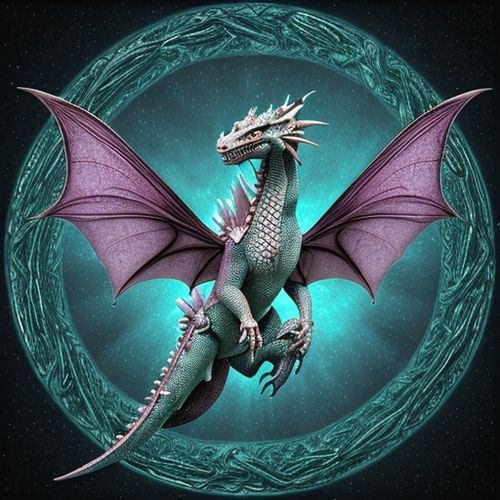
By James Moore/Apr 29, 2025
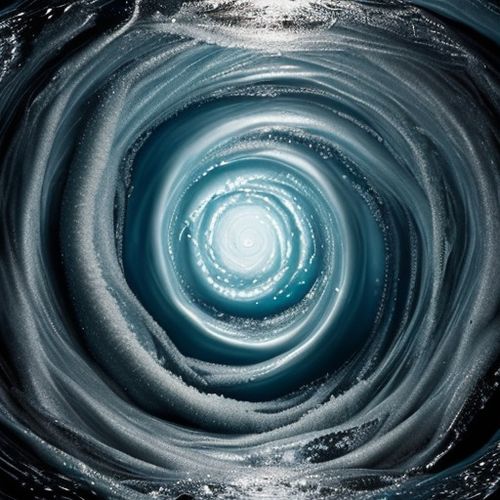
By Lily Simpson/Apr 29, 2025
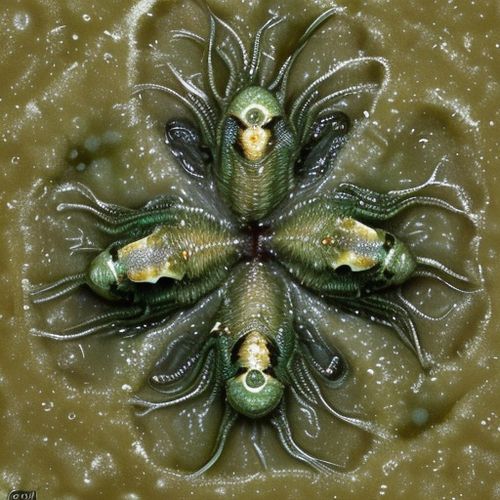
By Emma Thompson/Apr 29, 2025
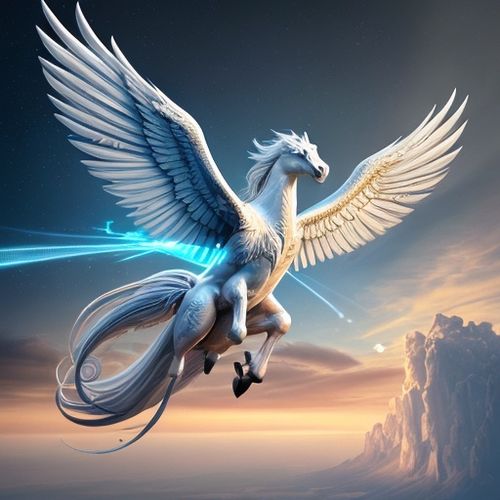
By Natalie Campbell/Apr 29, 2025
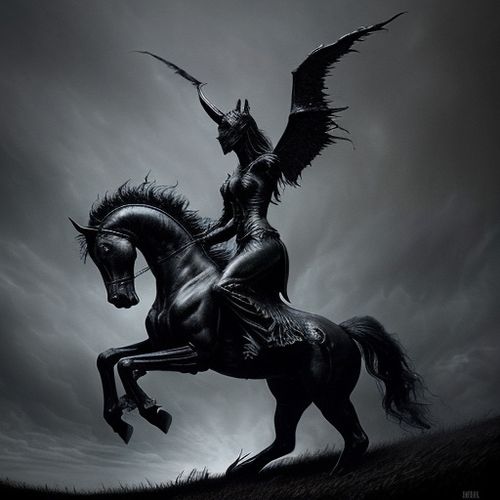
By William Miller/Apr 29, 2025
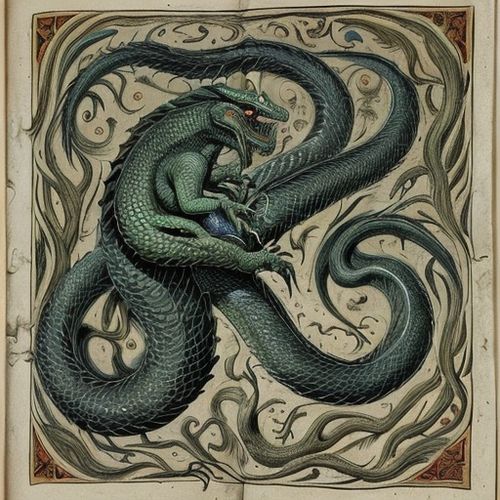
By Grace Cox/Apr 29, 2025
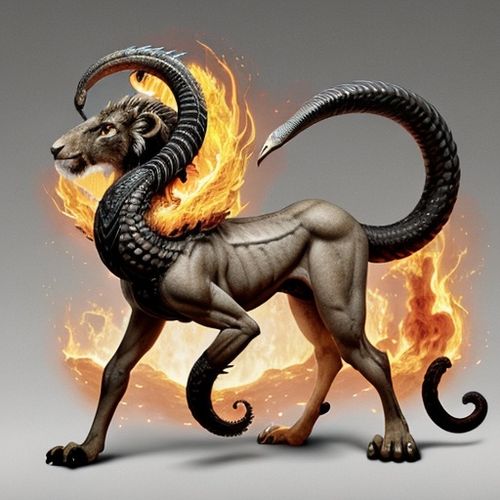
By James Moore/Apr 29, 2025
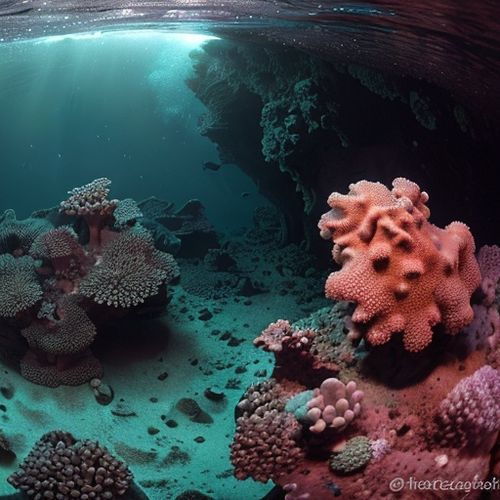
By Eric Ward/Apr 29, 2025
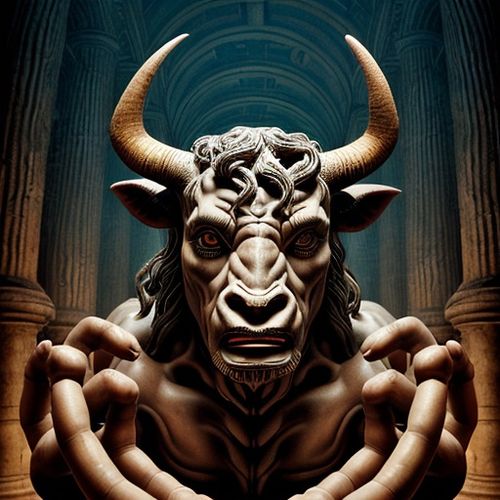
By Noah Bell/Apr 29, 2025
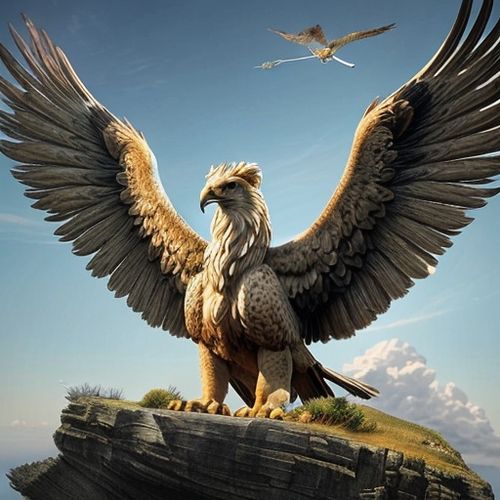
By Victoria Gonzalez/Apr 29, 2025
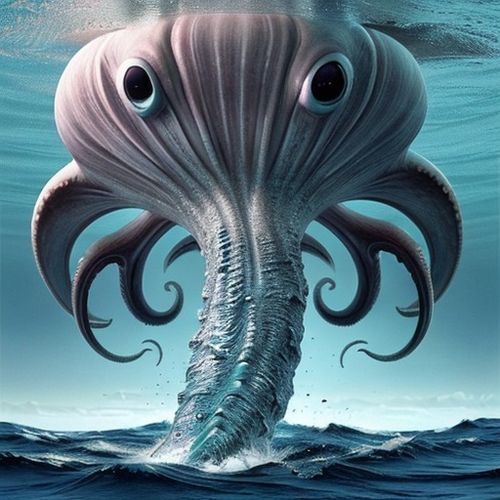
By Natalie Campbell/Apr 29, 2025
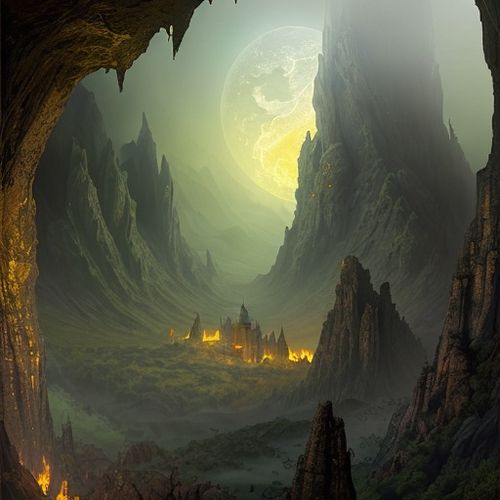
By Eric Ward/Apr 29, 2025

By Sarah Davis/Apr 29, 2025
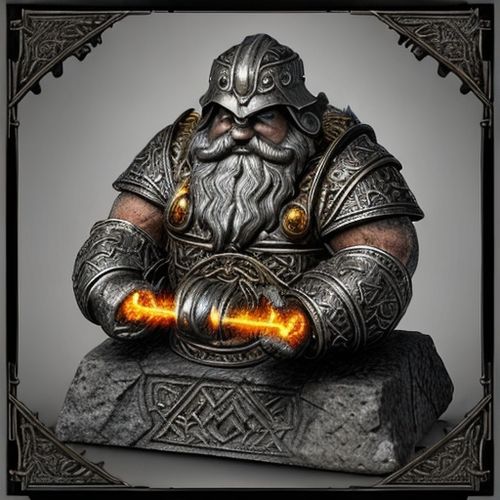
By Emma Thompson/Apr 29, 2025
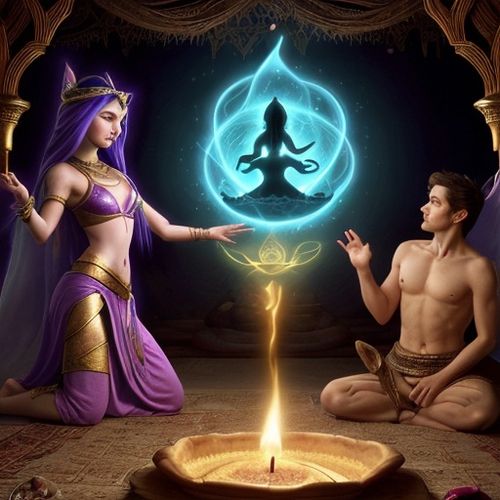
By Megan Clark/Apr 29, 2025
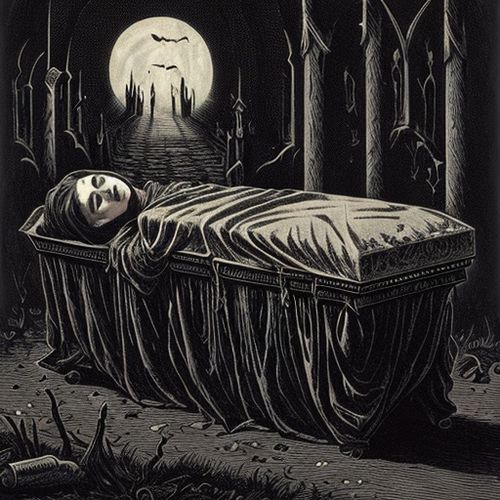
By Lily Simpson/Apr 29, 2025
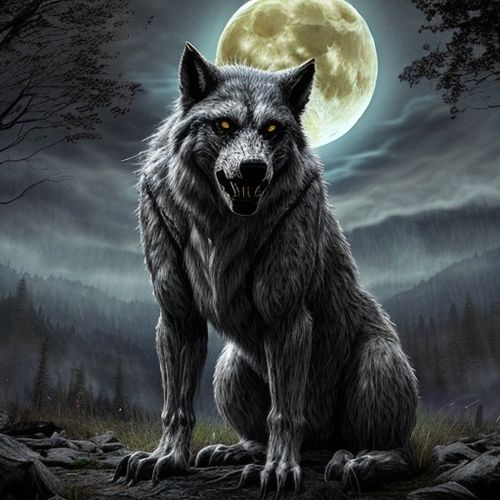
By William Miller/Apr 29, 2025
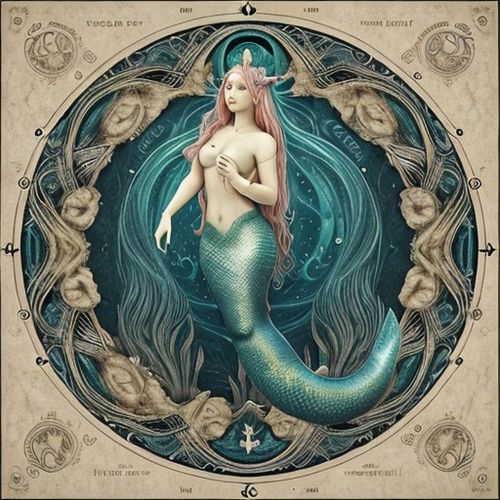
By Rebecca Stewart/Apr 29, 2025
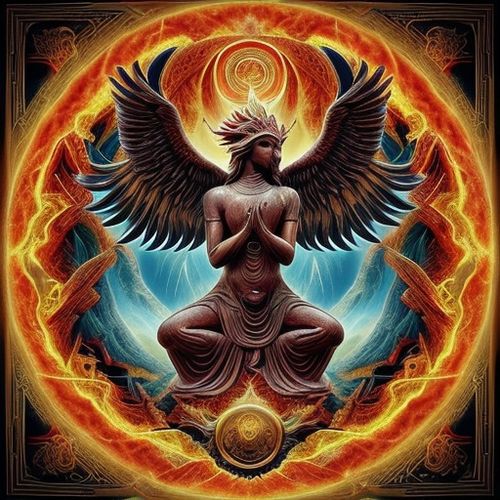
By Rebecca Stewart/Apr 29, 2025